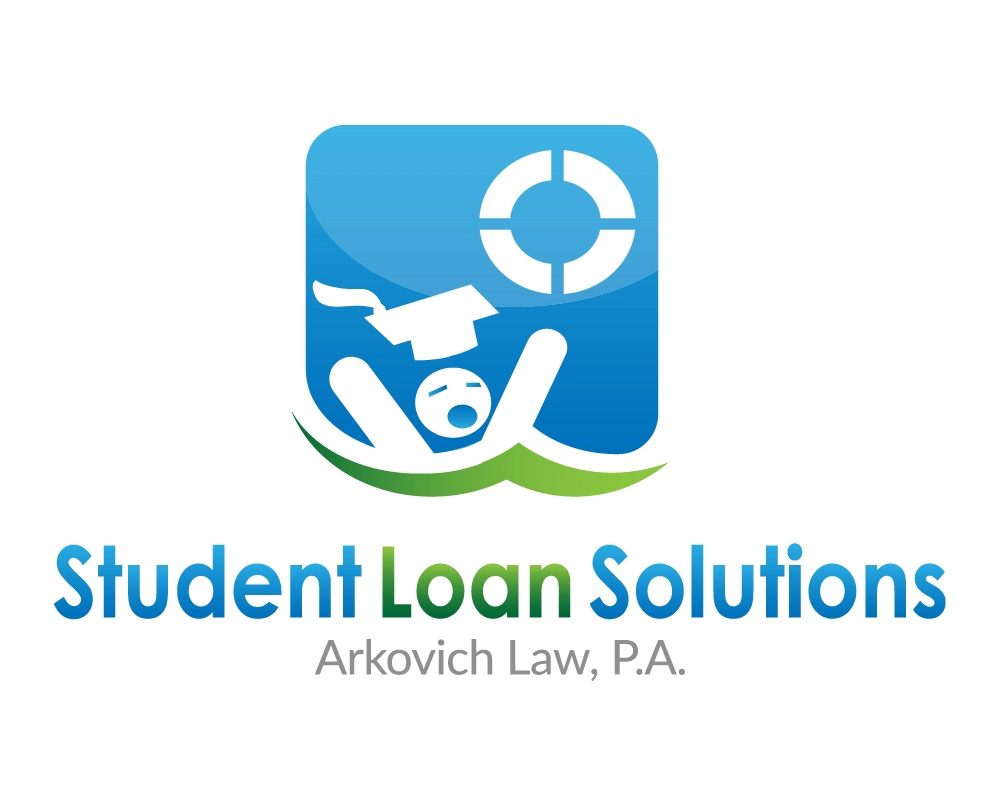 Consolidation before December 31, 2023 will help some borrowers maximize benefits under the Account Adjustment. After the account adjustment, the qualifying PSLF payments made on loans later consolidated will be credited to the consolidation loan based on a weighted average of the qualifying payments on the underlying loans. This will also help you to have one start/end date for PSLF forgiveness.
Consolidation before December 31, 2023 will help some borrowers maximize benefits under the Account Adjustment. After the account adjustment, the qualifying PSLF payments made on loans later consolidated will be credited to the consolidation loan based on a weighted average of the qualifying payments on the underlying loans. This will also help you to have one start/end date for PSLF forgiveness.
Those with Perkins loans or FFEL loans should definitely consider December 31, 2023 their deadline to consolidate their loans to Direct in order for prior payments to now count toward PSLF as well as future payments. Remember, you can consolidate even one loan. Think of this as a kind of refi – to a different type of loan. Stay within the federal system – this is where all the forgiveness is occuring.
Please see our video on Double Consolidation if you have Parent Plus loans — this loophole may allow you to get into SAVE for a payment that is often MUCH LESS than the Income Contingent Plan (“ICR”). https://www.youtube.com/watch?v=9KX74O4OJ8s
 Reboot Your Life: Tampa Student Loan and Bankruptcy Attorney Blog
Reboot Your Life: Tampa Student Loan and Bankruptcy Attorney Blog


